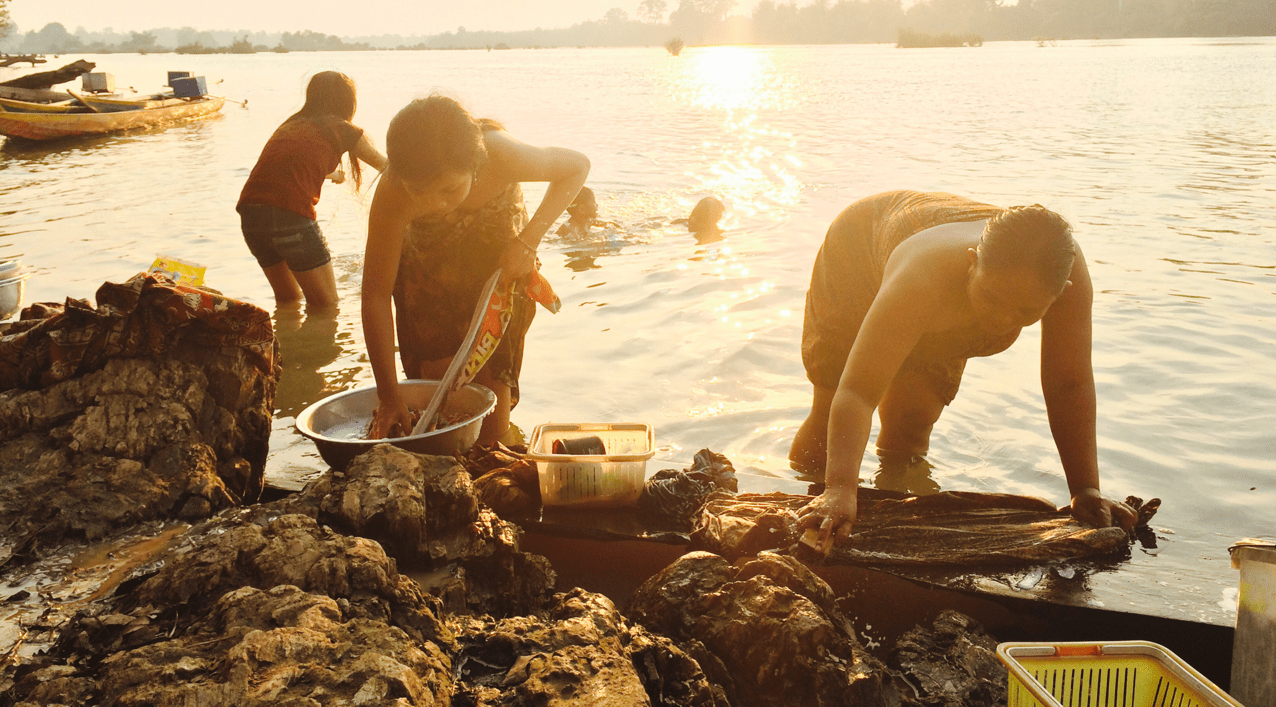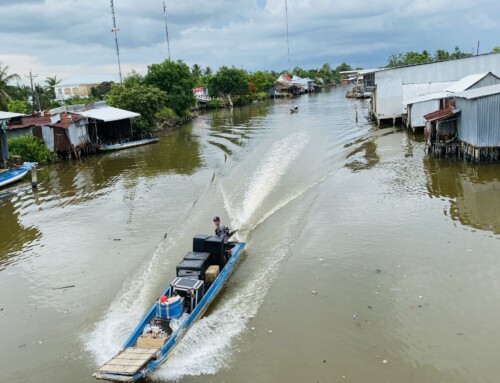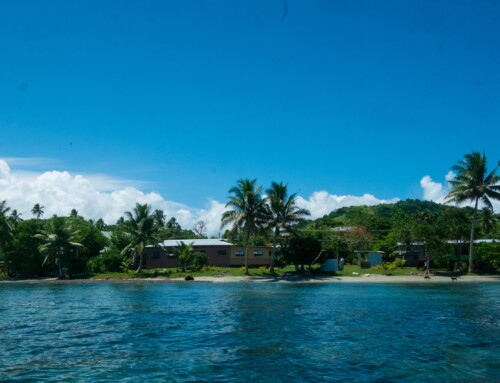Hanoi, Vietnam – November 29, 2016: 3S River Basins Study set to begin
The Sekong, Sesan and Sre Pok are transboundary tributaries of the Mekong River. The 3S basins, as they are collectively known, are richly endowed with natural resources and make an important contribution to national and regional development while supporting the livelihoods of 3.5 million people living in Cambodia, Laos and Vietnam. However, there is a critical need to understand and respond to the risks inherent in the current “growth at all costs” paradigm.
As part of Lower Mekong Initiative (LMI) Nexus Futures Programme funded by USAID, the project Measuring, Understanding and Adapting to Nexus Trade-offs in the 3S River Basins aims to improve the quality of planning and investment in the 3S region by undertaking a Nexus assessment to identify tradeoffs among decisions and the social, economic and environmental risks that accompany these decisions. The findings and recommendations of this Nexus assessment will be integrated in regional decision making processes. In addition to the assessment, carefully tailored regional dialogues involving government officials from all the Lower Mekong Basin (LMB) countries, including representatives from key diplomatic and economic regional platforms, will also be organized.
Working closely with International Water Management Institute (IWMI) and International Union for Conservation of Nature (IUCN), ICEM’s contribution to this study is primarily to support the Nexus assessment. Based largely on literature review and guided by the TAG, ICEM will contribute to understanding of the current condition in the basin with a focus on environmental and ecological status and trends.
ICEM will conduct a baseline assessment to understand the characteristics of the basins. The assessment will include baseline description of ecosystems, environment and biophysical characteristics, and identification of strategic environmental issues and causes such as habitat disturbance and rehabilitation and enhancement of ecosystems, amongst others.
Once the baseline description and identification are completed, ICEM will conduct analysis of past and possible future trends in strategic environmental issues linked to ecosystems, habitats and species, natural resources and environmental quality based on development plans and drivers of change.
Not only an expert in river basin planning covering all 3S, ICEM also brings to the project a decade of experience of modelling climate change in the 3S and its impacts on natural resources, agriculture, land use and biodiversity. Outstanding projects include the USAID ARCC project in which ICEM led an assessment of the effects of climate change on agriculture, water and biodiversity in the LMB. It included case studies in the hot spot provinces of the Srepok and subsequent adaptation management options. Another example is the CGIAR study in the Sesan, on optimizing the management of reservoir cascades for multiple uses.









Leave A Comment